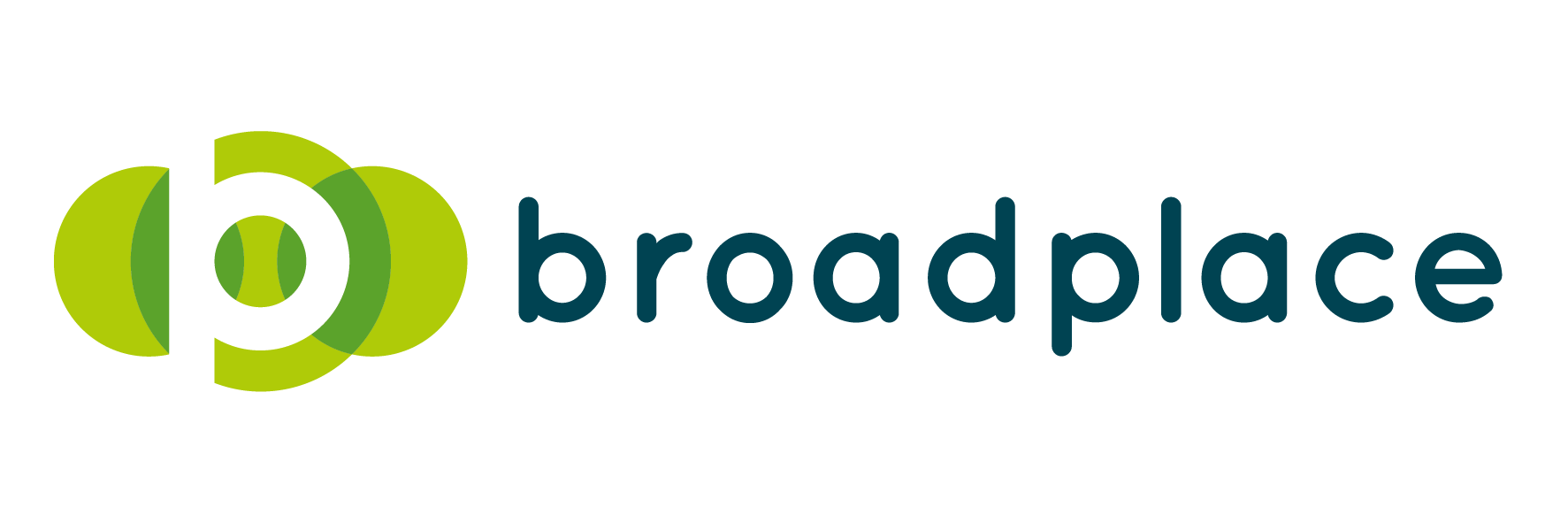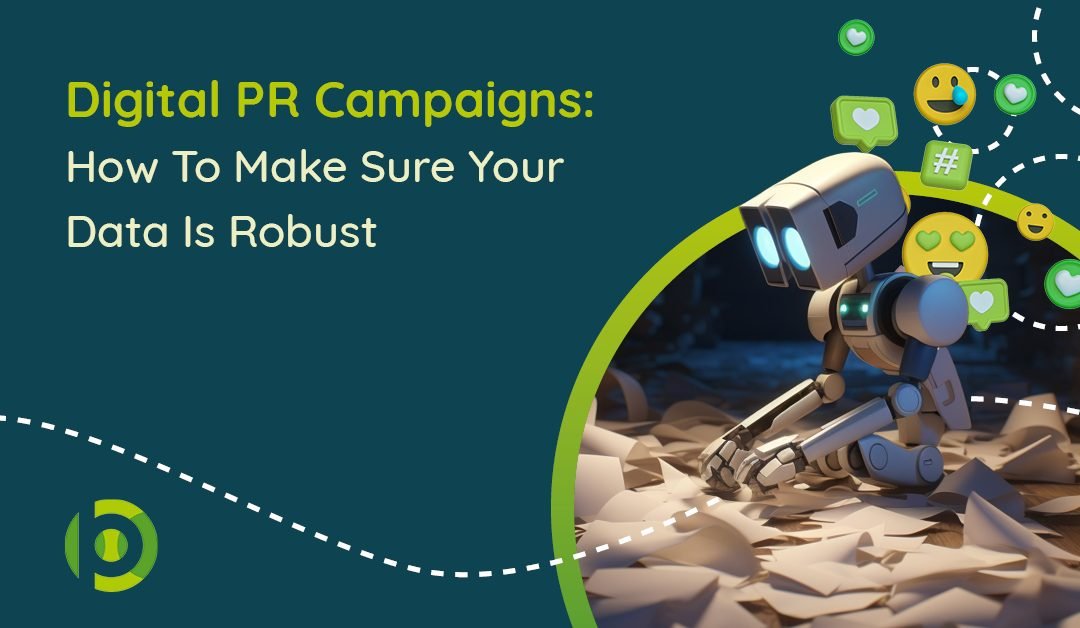Data is often the backbone of a good Digital PR campaign. They say a picture can paint a thousand words, but a good data set can paint thousands more, transforming a story into a newsworthy one with dozens of angles and strong evidence behind it. As long as your data is robust, of course.
Poor sets of inaccurate data can leave your campaign inaccurate, your readers confused, and ultimately damage the reputation of the brand you’re representing..
Many Digital PR professionals can struggle due to the wealth of false, outdated and unreliable data out there, so doing your due diligence is a must.
So, how exactly do you ensure your data is robust and that the journalists you send it to can rely upon it? Luckily, we break down exactly how you can do just that in our post.
What Makes Digital PR Campaign Data Robust?
There are a number of elements that can ensure that data is as robust as it can be, and to make it foolproof, those elements must all fall in line.
When considering your data sources, in order to ensure it is strong, accurate and reliable, you should evaluate the following:
Date
One of the first things to look at is the date the data was published. A journalist wants to see the freshest and most up-to-date data available. The closer to the current date that data is, the better.
Of course, that can be easier said than done. Some data is only released yearly, so you may find what you’re using is six months old, or even older.
If that’s the case, there are a couple of things you can explore like:
- How frequently the data set is released, how close that is to the current date and whether it’s worth waiting for that date.
- Whether you can combine it with other data to make it unique.
- Or if there’s data that you are able to contrast it with
All of which will makes the data either fresh or at least different from what has gone before it.
Referencing
You want to ensure that your data is from a respectable source and that any reports or data you will use have been sourced correctly.
When looking for robust data from outside sources, among the first things you should do is look at the sourcing of that data. Where have they got it from, and is it a reliable source?
It’s important to then understand exactly how clear that data is. Are there any caveats to it? Is there anything missing? For example, if a report is using data delivered to them by the council, perhaps different councils store data in different ways, or there are discrepancies in what exactly is collected by each.
This doesn’t mean that you shouldn’t use that data, but something that you should also take into consideration when using that data to ensure it’s as strong as possible and holes cannot be picked in it.
Authors
Finally, you can get a good idea of just how reliable data is by looking at the author of it. You’re much more likely to get a watertight set of data from a reliable source. It will also add more weight to your own campaign, and a journalist is much more likely to use it.
Do a bit of digging into the author and what their background is. If they’re a professor at a university, for example, they’re a much more reliable source than Joe Bloggs of JoeBloggsBigBlog.com.
It’s the same with companies. Data is going to be much more reliable from major players or government sources within an industry, as they have more numbers and records to crunch, therefore painting a much bigger and clearer picture than a company in an industry with only say 100 records.
How To Collect Reliable And Robust Data For Your Digital PR Campaigns
When it comes to collecting data, you need it to be fresh and up-to-date, and be transparent as to how it’s been gathered, alongside any caveats.
There are loads of ways you can collect data for your campaign, but they typically fall into one of three categories:
First Party Data AKA Your Own Data
Your own data can give insight into industry trends and the business as a whole. The likes of sales data, subscriptions and trends are all frequently used in campaigns. It’s accurate as it essentially goes to a journalist directly from the horse’s mouth. However, there can be pitfalls too.
By only using your own data, it could potentially come across as self-serving, which is likely to put a journalist off, while you also need to ensure the data set is large enough as otherwise, it may not be a reliable data set to use as a representative sample of an industry.
A good way to use your own data is to back it up with larger industry data and outside sources, allowing you to then provide commentary on those with your own unique insights.
External Data
External data and combining external data sources are often the most common way Digital PR creatives pick up links. Having a toolset in your armoury can be hugely helpful, with the likes of Google Trends, Ahrefs, YouGov and many more giving you robust and accurate data.
Some of this data will be readily available online, other datasets you may have to request, either directly from the source or by completing a freedom of information request. There are a number of tools that can aid with this, including What Do They Know, a resource of previously answered FOI requests, while FOI Directory is incredibly useful for collating FOI email addresses, for example, if you wanted to send a request for information to all police forces in the UK.
Surveys & Market Research
Surveys are one of the most common and headline-grabbing methods for Digital PR campaign creation, and there are many ways in which you can collect survey data. Among the easiest ways to do this is through a survey commissioning company such as OnePoll or Censuswide. They can aid in creating questions based on what you are trying to find out, as well as helping to target specific audiences.
It is possible to also create and publish surveys yourself, which can be promoted through email marketing and social media. However, you really need to consider the sample size, and whether it is a fair and representative. .
Typically, a sample size of 2,000 people is a good representative sample, with a roughly even split across gender, age and regions. Samples below that size will often be cited by journalists as unreliable and not a fair reflection of the bracket the data is discussing.
How To Review Your Digital PR Campaign Data
Once your data is collected, it’s then time to package it in a way to suit your campaign. Careful attention needs to be paid to your dataset to ensure it is robust, you can find the stories within it, and the methodology for finding those stories is sound.
There are various stages to this process, and once you have completed the data collection, you should take the following steps…
Step 1: Proofing Your Data
As with everything that sees the public’s eyes, proofing and fact-checking is essential. Your data should be put through a rigorous testing process to make it completely foolproof. After all, you will look a bit of a fool if a journalist, or worse still the public, calls you out on some inaccurate data.
Reviewing the data yourself is a must. Go through it with a fine tooth comb, doing spot checks and utilising tools in Excel (if that is where it’s stored), such as conditional formatting, filters and pivot tables.
Once it’s passed your own inspection, it’s always a good idea to get a second, third and even fourth set of eyes on your data. If you’ve been close to it for a while, it can sometimes be difficult to spot any errors or discrepancies, which will often be pulled out and questioned by others.
Step 2: Analysing Your Data To Spot Headlines
If you’re happy with your dataset, you can start considering your storytelling. Analysing the data is the most important thing. You can have the finest set of data in the world, but if you’re not pulling anything interesting from it, then it’s going to go largely ignored.
Throughout the data collection process, you should always be thinking about what are your headlines, jotting down any pieces of interesting information to go back to in the review and analysis stage.
You can then create a separate sheet, or document, with a breakdown of the data. Within this document, you should have all your key points and notable insights from the data. Some of the key things to consider include:
- What is your main story?
- What are your secondary and tertiary stories?
- Are there any other noteworthy stats?
- Are there any caveats that need adding?
- How can this data best be structured, presented and visualised?
This can then be shared with clients and other members of your team, such as any copywriters you need to brief, or developers or designers that are to be working on the project.
Step 3: Highlighting The Methodology Of Your Campaign
Data can be displayed and manipulated in many different ways. Weighted ranks are often popular, while there could be all sorts of mathematical equations involved. Therefore, just like during your GCSEs, it’s important to show your working.
A methodology is your way of emphasising to a journalist, and your readers, that the study you’re providing them with is accurate and reliable. It will also save a lot of questions coming your way too.
Within your methodology, you need to include a few things, including your sources for the data, the process you went through to create the results, and the date range in which the data is applicable to.
Any caveats should also be included within the methodology.
In Summary: Research, Review, Robust
Robust and reliable data is readily available from a wealth of sources that can really elevate Digital PR campaigns. However, while that data is easy to collate and collect, it needs to be carefully pieced together to create a piece of content that contains strong angles and insight that a journalist will look to cover and people will have the appetite for.
Ensure you test your data fully, review it carefully and display it in a way that is easy to read, navigate and get the point of your story. Do so, and your data will be a real hit…

